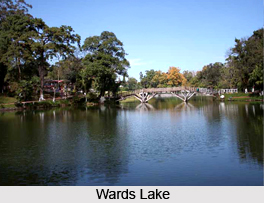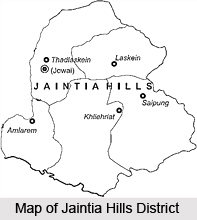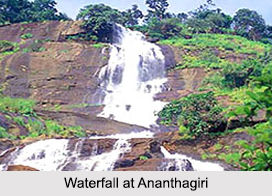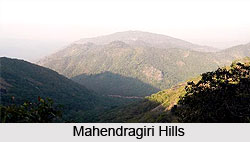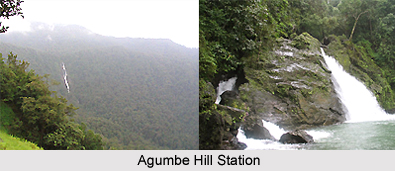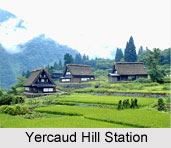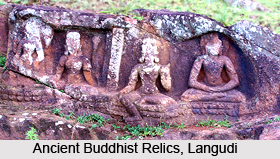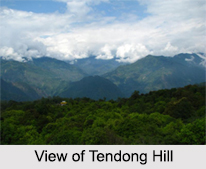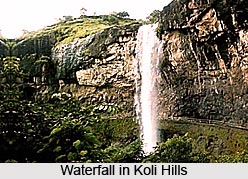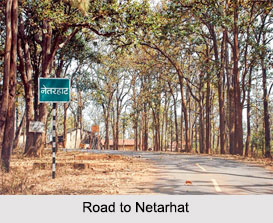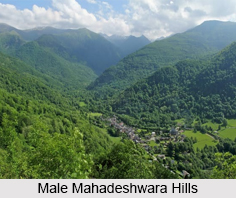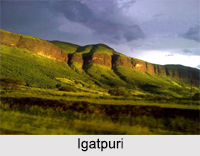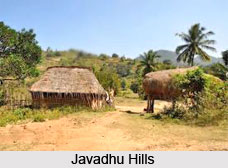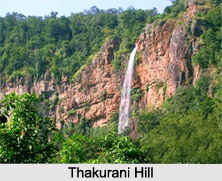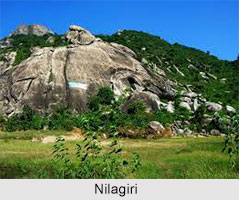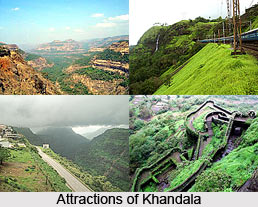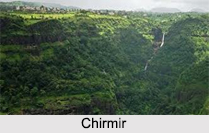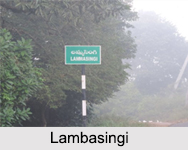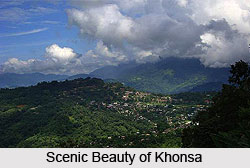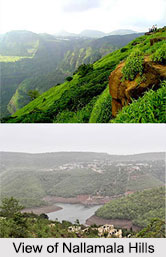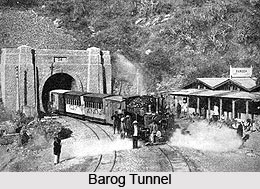 Barog Tunnel is a 96.54-km-long Kalka-Shimla Narrow Gauge track has 102 operational tunnels that constitute about 8 percent of the total length of the route.
Barog Tunnel is a 96.54-km-long Kalka-Shimla Narrow Gauge track has 102 operational tunnels that constitute about 8 percent of the total length of the route.
This rail track was open to passengers on November 9th, 1903, is a living tribute to those engineers with Barog Sahib, who dared to bore a total of 107 tunnels and set an example of how a railway line could pass through a rough mountainous terrain without destroying the splendour and beauty of the hills in Barog.
Barog Tunnel is renumbered in the year 1930. Some of them were found to be defunct. From 107, their number was reduced to 103, and this further came down to 102 when tunnel no. 46 near the Solan Brewery had to be demolished.
The two of the longest tunnels on this track are at Barog and Tara Devi. All the tunnels were built between 1900 and 1903. L. Edwards, Executive Engineer of Dharampur division, completed work on as many as 30 tunnels.
Barog Tunnel is 1143.61 metres long tunnel of which passes through fissured sandstone, has a tragic story associated with its construction. Barog, who was in charge of this tunnel, committed the mistake of digging the tunnel from both ends of the hill. Both the ends of Barog Tunnel could not meet due to wrong alignment.
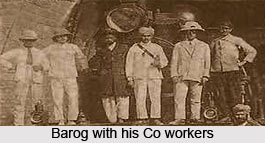 It is said that the British Government in India, fined Barog Re.1 for wasting government money in Barog tunnel. The British engineer, Barog could not digest this humiliation and during a walk along with his pet dog, shot himself in sheer desperation. Barog killed himself near what now is the state government-run Barog Pine Wood Hotel. It is said that his dog upon seeing his master bleeding profusely ran in panic to a village, near the present Barog railway station for help. However, by the time people reached the spot, Barog had breathed his last. The tomb of Barog was erected just near the Barog Tunnel.
It is said that the British Government in India, fined Barog Re.1 for wasting government money in Barog tunnel. The British engineer, Barog could not digest this humiliation and during a walk along with his pet dog, shot himself in sheer desperation. Barog killed himself near what now is the state government-run Barog Pine Wood Hotel. It is said that his dog upon seeing his master bleeding profusely ran in panic to a village, near the present Barog railway station for help. However, by the time people reached the spot, Barog had breathed his last. The tomb of Barog was erected just near the Barog Tunnel.
After the death of Barog, the chief engineer of British Railway System, H.S. Harrington was given the charge to dig a new tunnel. The new tunnel was constructed about 1 km away from the earlier point with the guidance of Bhalku, a local saint from Jhaja, near Chail. Bhalku possessed natural engineering skills. It was believed that he also helped the British engineers to bore other tunnels on the track. The Viceroy of India at that time presented Bhalku, the local saint a medal and turban which are still treasured by his family. As much as 8.40 lakh rupees were incurred on the Barog tunnel.
The construction of the Barog Tunnel started in July 1900 and completed in September 1903. Many workers, most of them Indians, died during its construction. The trains are running at 25 kilometres per hour. That is it can take 2.5 minutes to cross Barog tunnel.
There is another tunnel of 992-metre-long called Tara Devi (no. 91) tunnel that was built at a cost of Rs.3.04 lakhs by British East India Company. Since a shrine of Tara Devi Tunnel stood on top of the Tara Devi mountain.
